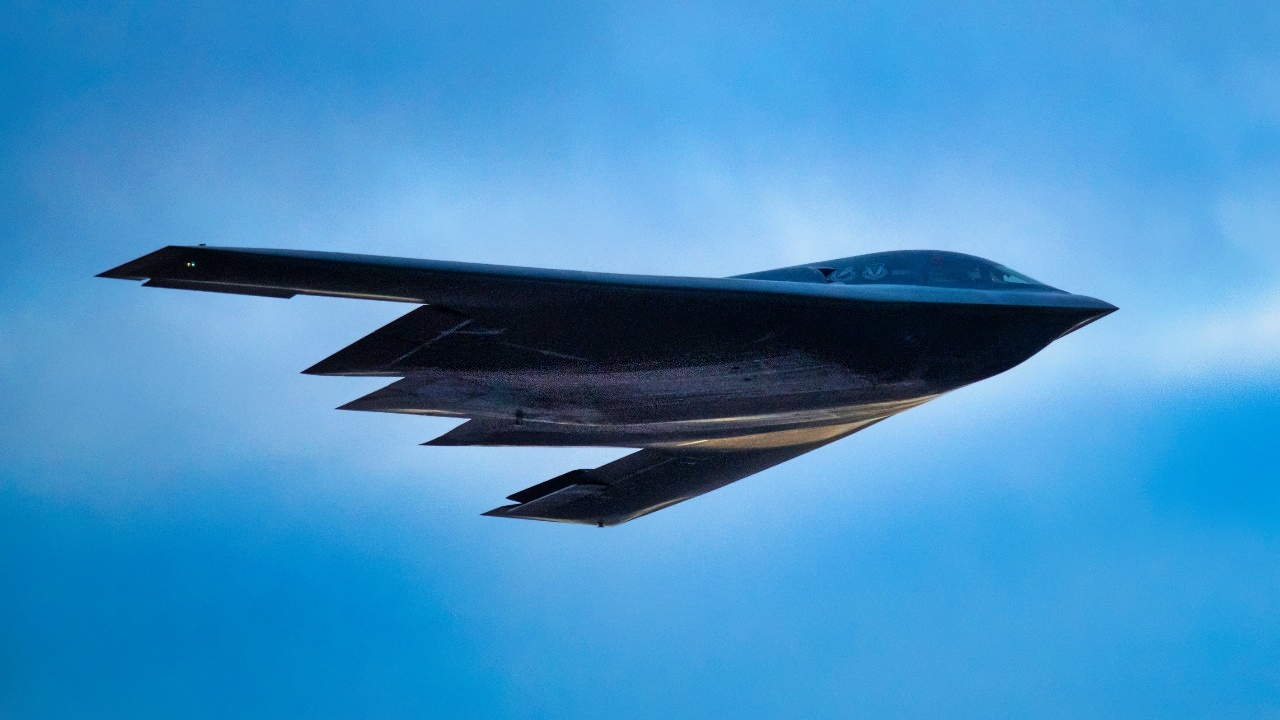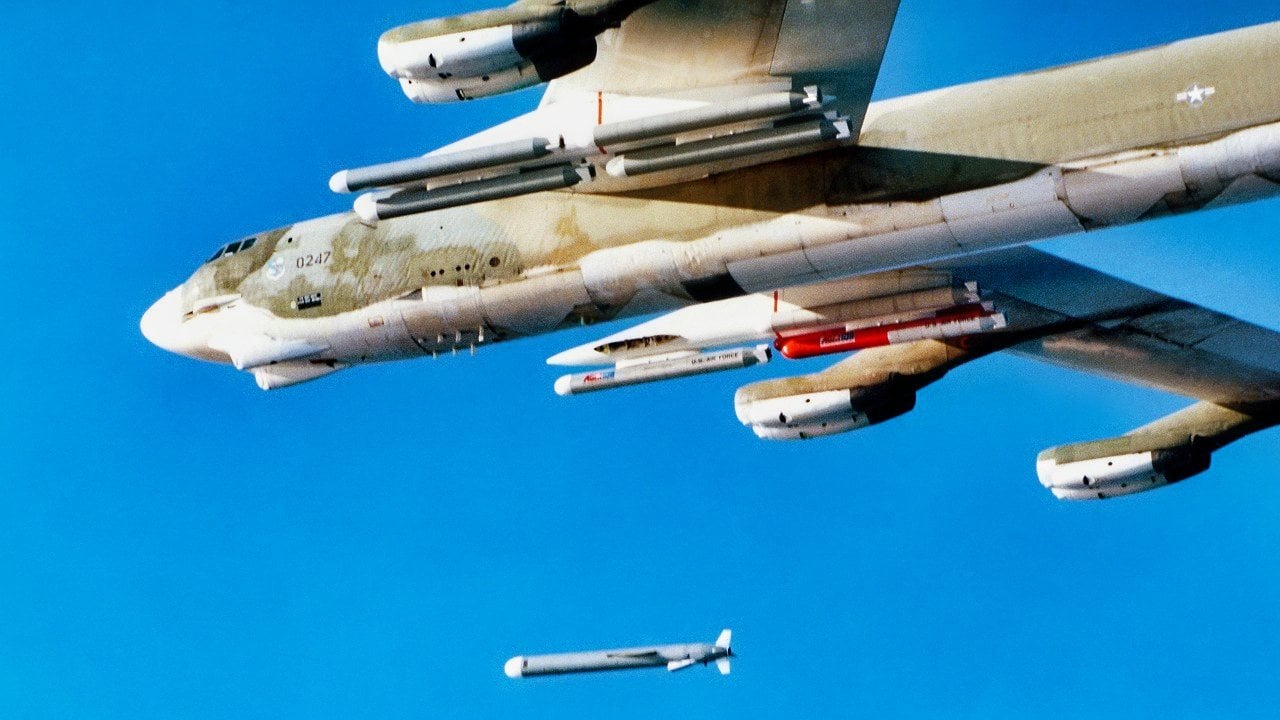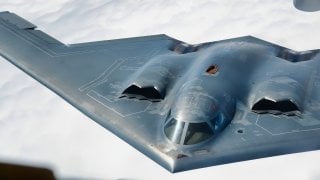The Air Force Is Sending B-1, B-2 and B-52 Bombers Closer to China
The U.S. Air Force is ramping up its long-range strike capabilities in the Indo-Pacific, with B-2 Spirit, B-52 Stratofortress, and B-1 Lancer bombers regularly operating from allied bases in Australia.
What You Need to Know: The U.S. Air Force is ramping up its long-range strike capabilities in the Indo-Pacific, with B-2 Spirit, B-52 Stratofortress, and B-1 Lancer bombers regularly operating from allied bases in Australia.
-These bombers can fire long-range anti-ship missiles (LRASMs) and are crucial for countering China’s naval forces in case of conflict.
-However, China’s advanced anti-access/area-denial (A2/AD) networks complicate U.S. military power projection in the region.
-While the Air Force’s strategy is necessary, experts argue that additional long-range missile batteries and joint service plans are needed to penetrate China’s A2/AD defenses effectively and protect U.S. allies like Taiwan.
The Air Force Ups Its Long-Range Strike Capability in the Indo-Pacific
The U.S. Air Force continues to increase its operational tempo in the Indo-Pacific by expanding the rotations of long-range bombers in the region.
“We’re in the business of sinking ships,” were the memorable words spoken by Air Force Gen. Kevin B. Schneider, commander of Pacific Air Forces. Toward that end, scores of B-2 Spirit long-range stealth bombers that can launch Long-Range Anti-Ship Missiles (LRASMs), B-52 Stratofortresses capable of launching LRASMs as well as AGM-84 Harpoon missiles, and B-1 Lancers have regularly operated in the Indo-Pacific. They are based out of allied facilities such as the Royal Australian Air Force’s Amberley airbase and the massive facility in Darwin, Australia.
Given that the INDOPACCOM’s area of responsibility involves a great expanse of oceanic territory, being able to project power across, under, and, in the case of the Air Force, over that vast maritime space is key.
The Air Force must possess the capacity to punch holes in China’s naval forces if Beijing attacks or blockades neighboring Taiwan.
The Importance of Long-Range Anti-Ship Capabilities
Having long-range strategic bombers capable of popping off long-range anti-ship missiles might be the decisive factor in case of war with China in the region. With China’s advanced anti-access/area-denial (A2/AD) capabilities spread across the Chinese coastline and in the South China Sea on illegal manmade islands there, Beijing intends to prevent the bulk of U.S. forces from projecting significant military power into regions China covets.
Placing long-range attack systems in distant locations, such as in upper Australia, keeps these systems in-theater while at the same time reducing the ability of China to attack the facilities housing American airpower platforms.
These birds could operate outside the reach of China’s A2/AD systems and still fire lethal barrages of long-range weapons, such as anti-ship missiles, that would sink Chinese warships in the distance.
An Insufficient Move
But let’s get real for a moment.
These moves by the Air Force, while necessary, are a sign of how significantly China has eroded the U.S. position in the Indo-Pacific. Beijing has so successfully expanded their military capabilities in the region that the Americans are too concerned to deploy their best platforms too close to China’s forces.

In the event of a war, that reality may change suddenly. But doing so would risk expensive, hard-to-replace systems being lost to those Chinese A2/AD defenses.
That’s why the Air Force is having to place so many long-range platforms in the area. It’s a smart move. That move, however, should give pause to Americans who think no power on Earth can challenge the U.S. military’s prowess.
Bursting China’s A2/AD Bubbles
China’s A2/AD networks are highly limiting factors. What happens, for example, if the Air Force’s long-range weapons are not as effective against a flotilla of Chinese warships operating behind A2/AD bubbles, hitting Taiwan hard?
What the U.S. military should do is ring the region with long-range missile batteries that exist just outside the range of current Chinese defenses and be prepared to fire swarms of those missiles at known Chinese A2/AD emplacements.

The idea would be launching a fusillade of such weapons to burst the A2/AD bubbles, thereby allowing for both the more accurate deployment of the Air Force’s long-range weapons, as well as Navy platforms like aircraft carriers, into those contested waters.
Just relying on limited long-range attack capabilities is insufficient.
The military needs a joint service action plan for penetrating those A2/AD bubbles to bring their heavy-hitting platforms in closer against Chinese forces that are threatening American allies.

Author Experience and Expertise: Brandon J. Weichert
Brandon J. Weichert, a National Interest national security analyst, is a former Congressional staffer and geopolitical analyst who is a contributor at The Washington Times, the Asia Times, and The-Pipeline. He is the author of Winning Space: How America Remains a Superpower, Biohacked: China’s Race to Control Life, and The Shadow War: Iran’s Quest for Supremacy. His next book, A Disaster of Our Own Making: How the West Lost Ukraine, is due October 22 from Encounter Books. Weichert can be followed via Twitter @WeTheBrandon.
All images are Creative Commons or Shutterstock.
From the Vault
Russia Freaked Out: Why the U.S. Navy 'Unretired' the Iowa-Class Battleships
Battleship vs. Battlecruiser: Iowa-Class vs. Russia's Kirov-Class (Who Wins?)


